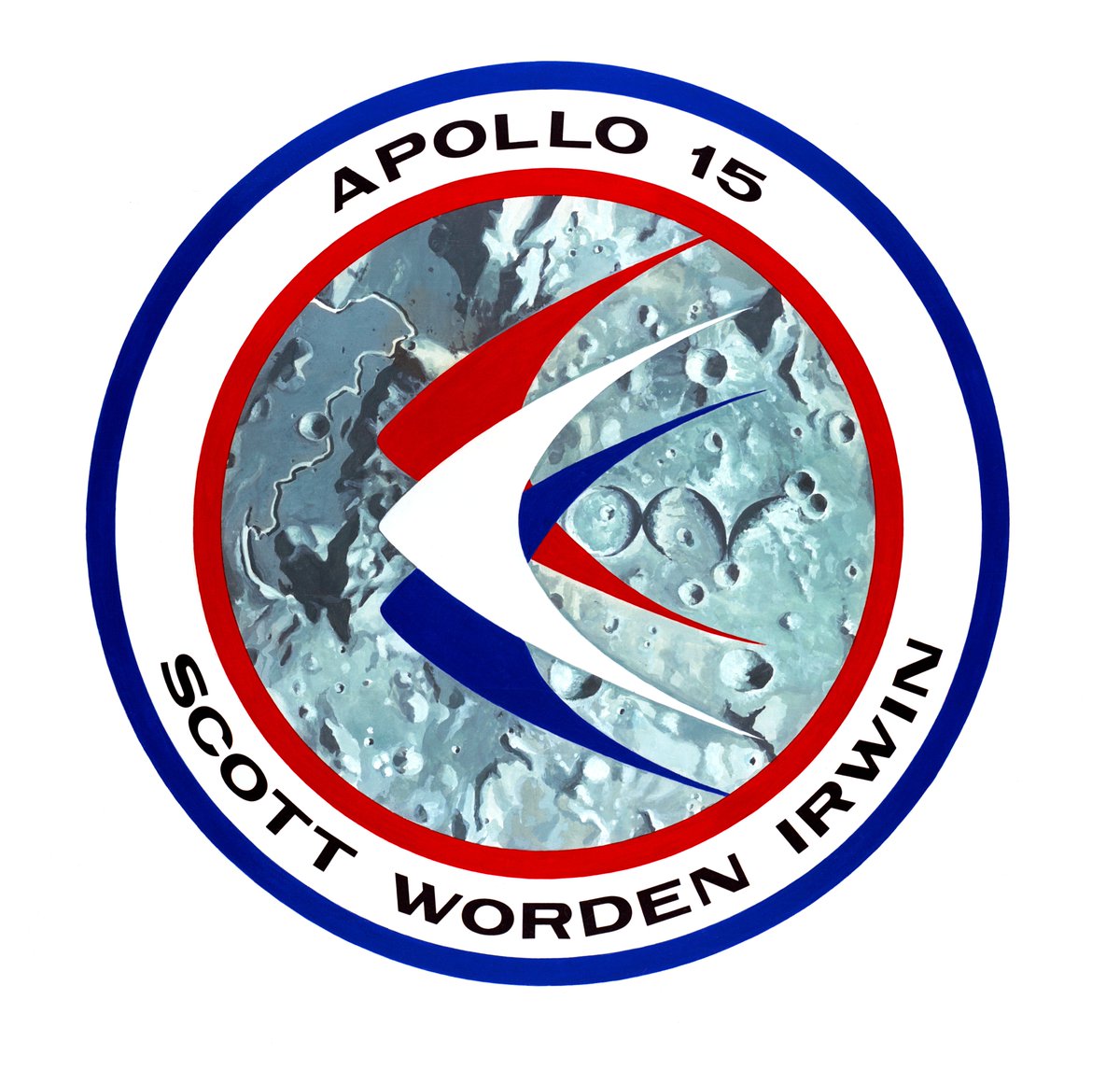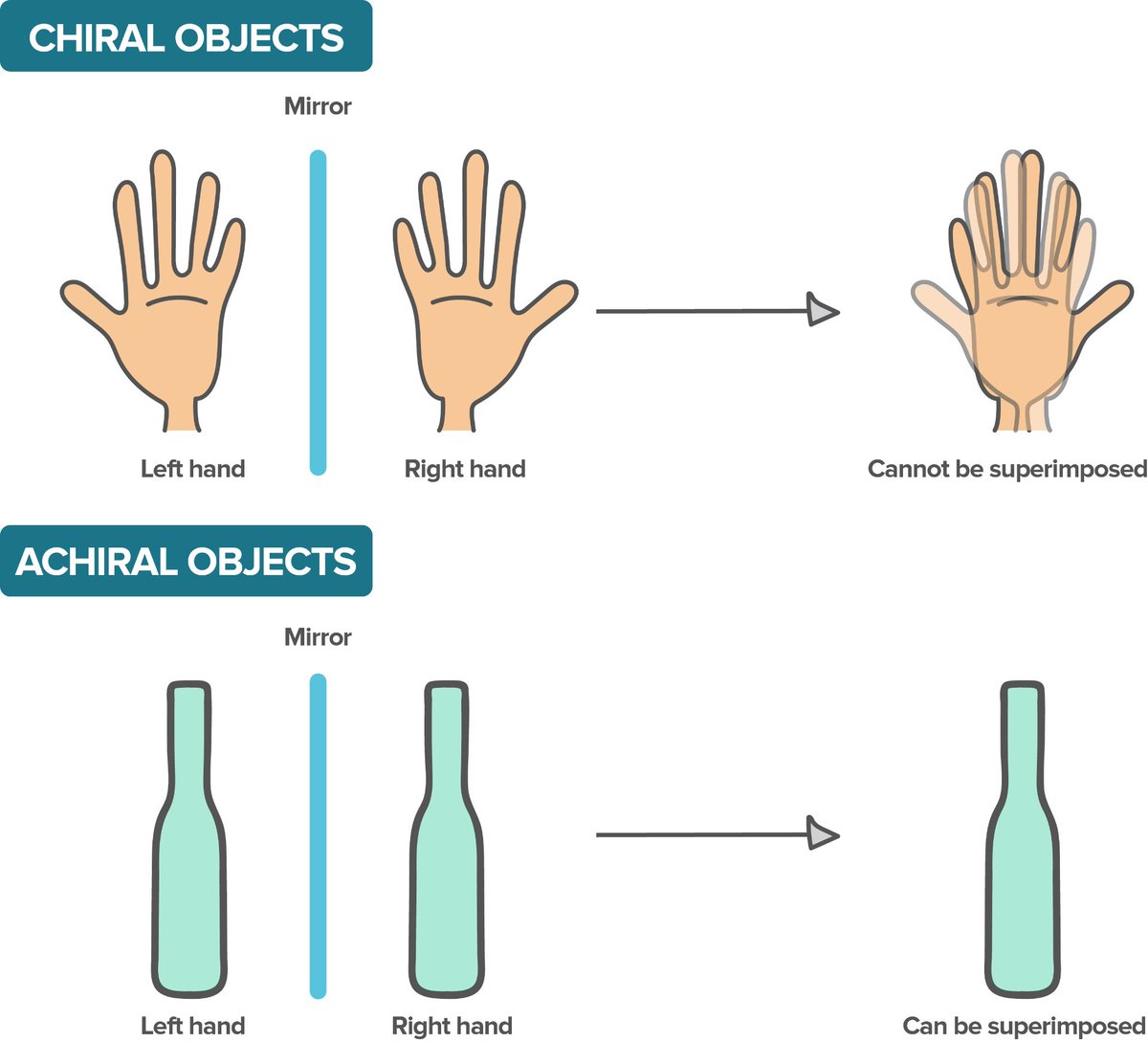While you pack your bags, let me tell you something about myself 🙋🏻♀️
I am currently a Professor at the Inter-University Centre for Astronomy & Astrophysics @IUCAApune in India, where I joined as faculty this year 👩🏻🏫
I am currently a Professor at the Inter-University Centre for Astronomy & Astrophysics @IUCAApune in India, where I joined as faculty this year 👩🏻🏫
Women in astrophysics are still quite rare (I am the only female faculty in my institute) 🤷🏻♀️ So I also promote #genderequality 👫🏻 as a #rolemodel for #WomenInSTEM
The journey for me hasn't been easy either..but I have had many amazing experiences - traveling and relocating to new places, for work/pleasure, learning languages, exploring cultures.. i have lots of stories to share 😄
• • •
Missing some Tweet in this thread? You can try to
force a refresh













